Addressing the Interventional Radiology Shortage
Survey uncovers the global IR shortage and next steps to expand the subspecialty
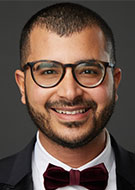
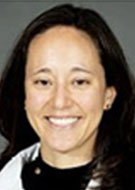
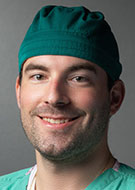
More than half of the world’s population lacks access to interventional radiology (IR) services and in some regions, its status is completely unknown.
“It plays a crucial role in health care,” emphasized Tarig Elhakim, MD, Perelman School of Medicine, at the University of Pennsylvania (Penn) in Philadelphia. “IR utilizes a minimally invasive approach, making it a very innovative field that can potentially treat many pathologies while reducing hospital stays, and recovery time with lower morbidity. IR is a cost-effective and essential specialty in the health care setting.
Unfortunately, some parts of the world don’t have any access to IR services.
“This is not just a gap in patient care, but a drastic health inequity that prevents patient access to minimally invasive lifesaving interventions and denies millions the chance for better outcomes,” Dr. Elhakim explained.
Dr. Elhakim addressed this topic in a scientific poster at RSNA 2024 which detailed the results of a global survey sent to members of IR societies. The digital survey, approved by the Society of Interventional Radiology, was sent via social media, postcards and email from June 2022 to September 2023.
Results from the survey were also published in January in the Journal of Vascular and Interventional Radiology (JVIR).
Global Survey to Identify Current IR Status
A survey can be a useful tool for establishing a baseline for the status of IR, according to Monica M. Matsumoto, MD, a resident IR physician at Penn who collaborated on the RSNA 2024 presentation and the JVIR article.
“One of the goals of this survey was to assess the current state of IR across the world and identify the top issues affecting the specialty and areas for growth, including specific educational needs,” Dr. Matsumoto said. “Secondly, we hope to use this survey to start creating a stronger global IR community by getting a better understanding of who is practicing it across the world.”
The anonymous survey gathered respondents’ demographic information, their level of training and their opinions on the challenges of the IR field, as well as potential solutions. For geographical analysis, the data was connected to a shapefile, which is a file format used in Geographic Information Systems (GIS) software. This created an interactive geospatial map that showed country-level responses to the survey.
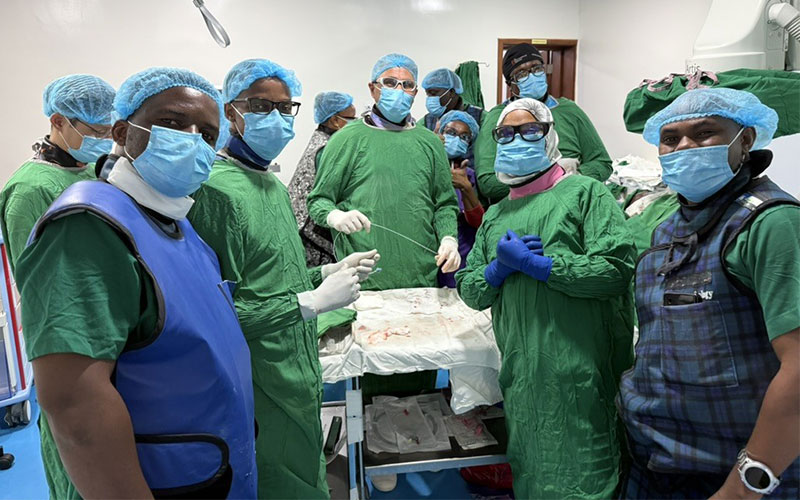
Transjugular intrahepatic portosystemic shunt (TIPS) placement at Muhimbili National Hospital in Dar es Salaam, Tanzania (left to right): Fabian Basilio (IR technologist); Dr. Himidi Mwaitele (senior IR fellow); Dr. Haroon Afridi (visiting IR faculty); Dr. Mwanaabas Sued Omary (senior IR fellow); Dr. Erick Mbuguje (IR faculty); Dr. Azza Naif (IR faculty); and Iddi Besta (IR technologist).
Key Findings Revealed
A major consensus from the survey was the need for more robust education. “One important takeaway was that 24% of respondents said no dedicated IR training program exists in their country of practice, and less than two-thirds have graduated from an IR program,” Dr. Matsumoto said.
Regions like Africa, Asia, Europe and Oceania all experience shortages of dedicated and accredited IR training programs. In much of the world, IR exposure during training is inadequate or nonexistent.
Another key takeaway was the lack of public awareness of IR, which Dr. Elhakim noted as a universal challenge among respondents of the survey, regardless of geographic location or the level of IR presence.
Many people also misunderstand the role of IR in health equity, according to Fabian Max Laage-Gaupp, MD, a co-collaborator on the RSNA 2024 presentation and JVIR article. Dr. Laage-Gaupp is an assistant professor of radiology and biomedical imaging at the Yale University School of Medicine in New Haven, CT. He stressed that IR isn’t just for countries with abundant resources.
“If anything, IR is even more essential in low-resource settings, as the many advantages it offers, including lower complication rates, shorter hospitalization and decreased need for anesthesia, are even more relevant in these settings,” Dr. Laage-Gaupp said.
Driving Change Through Increased Public Awareness
Social media platforms are useful tools to educate the public on IR through the distribution of easy-to-understand infographics, short videos and patient testimonials. Additionally, public seminars, webinars and community engagement events can also further IR in the public consciousness.
Strengthening relationships and multidisciplinary collaboration with primary care physicians, oncologists and other specialists through lectures, grand rounds and referral networks also ensures that more patients are informed about IR treatment options.
Members across the specialty can also take part in outreach programs. “Everyone in interventional radiology, including nurses, technologists, faculty and trainees can participate in global outreach programs through their societies and organizations such as Road2IR,” Dr. Laage-Gaupp said.
Road2IR is a program that trains physicians in East Africa in minimally invasive procedures.
Dr. Elhakim added that increased public awareness will empower patients to have choices and access to better options. “People need to know that it exists, what it can do, and why its absence has a significant implication for patients’ outcomes,” he said.
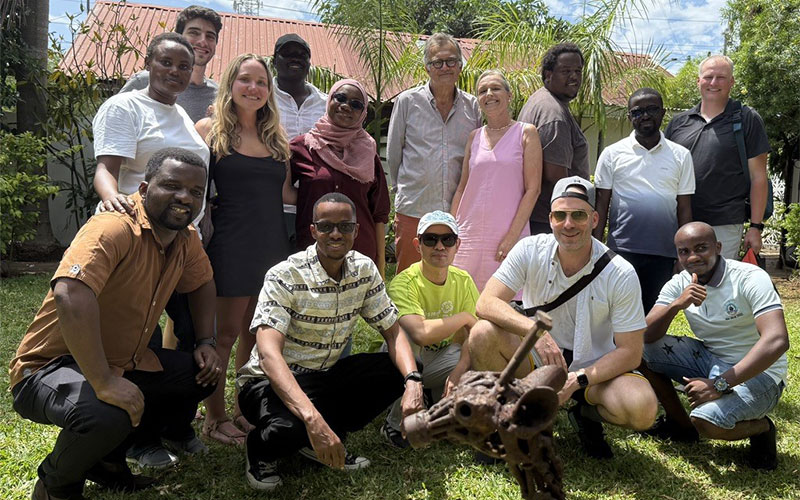
In Dar es Salaam, Tanzania, front (left to right): Dr. Mack Makombo (junior IR fellow from the Democratic Republic of the Congo); Dr. Himidi Mwaitele (senior IR fellow); Dr. Jaeseok Choi (junior IR fellow from Rwanda); Fabian Laage Gaupp, MD; Frances Kimaro (IR environmental services lead). Back (left to right): Victoria Noah Lukumay (IR nurse), Dr. Jared Alswang, MD (visiting IR resident from the US); Megan Donovan (visiting IR nurse from the US), Dr. Anthony Oriekot (junior IR fellow from Uganda), Dr. Mwanaabas Sued Omary (senior IR fellow), Dr. Thomas Pfammatter (visiting IR faculty from Switzerland); Ann Pfammatter (visiting IR nurse from Switzerland); Dr. Erick Mbuguje (IR faculty); Dr. Ajibola Said Agboola (senior IR fellow from Nigeria); and Eric Buckner (visiting IR technologist from the US).
Education to Expand the Specialty
Respondents to the survey almost unanimously agreed that more robust education was crucial. “One of the biggest needs is simply creating IR training programs, which means developing a curriculum, acquiring the devices and equipment, getting local accreditation and recruiting trainees,” Dr. Matsumoto said.
According to Dr. Elhakim, the improvement and expansion of IR education will require collaborations across academic institutions, organizations and societies to ensure sustainable educational programs that can train generations of interventional radiologists. This also means improving access to essential imaging and disposal equipment through academic, public, private and industry partnerships.
“By understanding factors preventing IR expansion, we can have a road map to develop targeted interventions, focus our efforts and allocate resources appropriately to resolve these disparities and expand the global footprint of IR to every corner ensuring that patients receive fair and equitable care,” Dr. Elhakim said.
For More Information
Learn more about Road2IR.
Access the Journal of Vascular and Interventional Radiology article.
View the geospatial dashboard of the Global Interventional Radiology survey results.
Read previous RSNA News stories on interventional radiology: